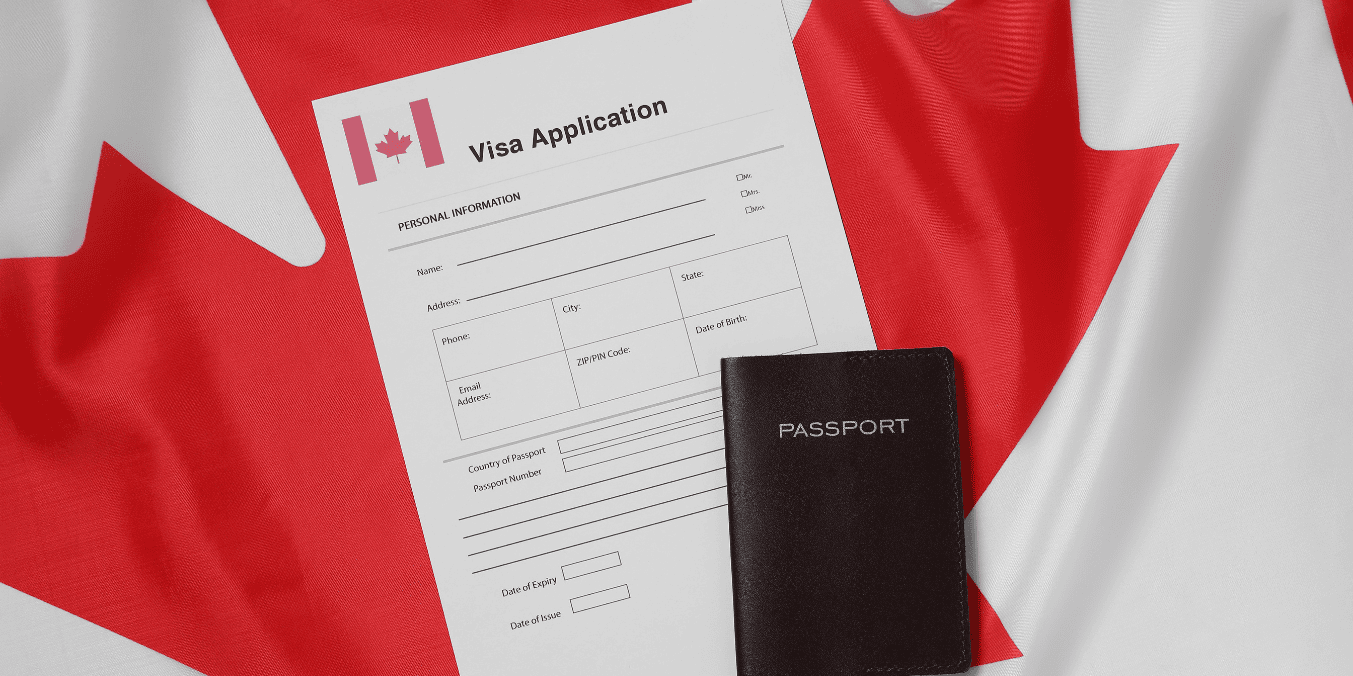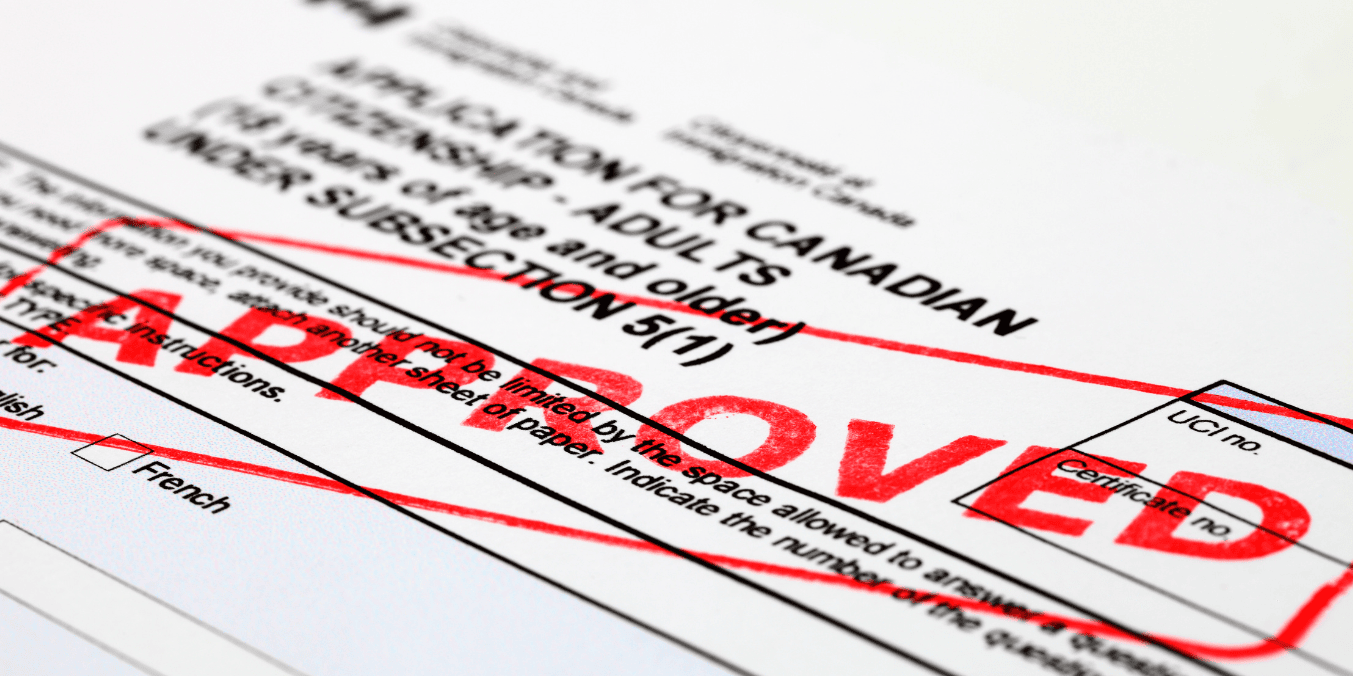Flagpoling is a unique immigration process used by temporary residents of Canada—such as those on work or study permits—to expedite their immigration paperwork. Instead of applying online or through mail, individuals leave Canada briefly (often just crossing into the United States) and re-enter to apply for immigration services like visa renewals or work permit extensions. This technique is commonly used to validate permanent residency status or to renew temporary residency permits in a timely manner.
Flagpoling allows individuals to bypass the often lengthy processing times involved in mail or online applications and receive same-day services at a port of entry (POE).
History and Evolution of Flagpoling
Over the years, What is Flagpoling? has become increasingly popular, especially among students and temporary workers who need immediate visa renewals to avoid lapses in their legal status. However, as the practice gained popularity, the Canadian government has enacted regulations to streamline cross-border traffic and reduce potential misuse of this expedited service.

Canadian Immigration Consultant
Let our expert team of Canadian immigration consultants guide you through the complexities of Canada’s immigration process. We provide personalized, step-by-step support to ensure a smooth and successful journey to your new life in Canada.
Why Do People Choose Flagpoling?
One of the primary reasons people ask, “What is Flagpoling?” is the ability to speed up immigration processes that would otherwise take weeks or even months. This practice provides numerous benefits:
1. Faster Processing Times
Flagpoling offers immediate processing for applications, eliminating the extended waiting times associated with other application methods. Applicants can often secure same-day results, making it a preferred choice for those with urgent needs, such as work permit renewals or residency validations.
2. Face-to-Face Interaction
By meeting directly with a Canadian Border Services Agency (CBSA) officer, applicants can receive real-time feedback and resolutions. This personal interaction often leads to quicker decisions compared to faceless online or mail-based methods.
3. Maintaining Legal Status
Many temporary residents, such as international students or workers with expiring permits, flagpole to avoid interruptions in their legal authorization to stay in Canada. Flagpoling ensures continuity, helping these individuals stay compliant with immigration regulations.
Flagpoling vs. Traditional Application Methods
While traditional methods may be more comfortable for those not near a border, flagpoling’s fast-track approach continues to draw those who need to secure documentation quickly, such as permanent residency validations.
Eligibility for Flagpoling
Not all temporary residents in Canada can flagpole. Here’s a breakdown of who qualifies:
1. Temporary Work Permit Holders
Workers on temporary permits often choose to flagpole to avoid gaps in employment authorization. Flagpoling allows them to renew work permits quickly, ensuring uninterrupted employment.
2. Study Permit Holders
International students nearing the expiration of their study permits use flagpoling to renew them without jeopardizing their education status or violating immigration rules.
3. Permanent Residency Applicants
Approved permanent residency applicants often use flagpoling to quickly validate their residency status, allowing them to transition seamlessly from temporary residents to permanent residents.
4. Visa-Exempt Foreign Nationals
Visa-exempt individuals, such as those from certain countries, flagpole to obtain new work or study permits without needing to wait for months through the online system.
Who Cannot Flagpole?
- Seasonal Agricultural Workers: Typically ineligible for flagpoling.
- Visa-Required Nationals: Certain individuals from visa-required countries may have limitations on flagpoling eligibility.
- Post-Graduation Work Permit (PGWP) Applicants: As of June 2024, PGWP applications are no longer processed at the border, requiring alternative methods.

How to Flagpole: A Step-by-Step Guide
Flagpoling is a relatively simple process, but preparation is key to ensuring success. Here’s a step-by-step guide to help you through the process:
Step 1: Gather Required Documents
Ensure you have all necessary documentation, including:
- Valid passport
- Current work or study permit
- Employment offer letter (if applicable)
- Financial proof (if needed)
- Completed application forms
Having everything organized will help expedite your interaction with CBSA officers.
Step 2: Choose the Appropriate Port of Entry (POE)
Some POEs are busier than others, and not all handle immigration applications every day. Popular border crossings for flagpoling include:
- Rainbow Bridge (Niagara Falls)
- Peace Bridge (Fort Erie)
- Pacific Highway (Surrey, BC)
Step 3: Inform U.S. Border Patrol
At the U.S. border, explain that you are flagpoling and not entering the U.S. They will issue an administrative refusal, allowing you to re-enter Canada for your application.
Step 4: Present Your Case to CBSA
Upon returning to Canada, clearly inform the CBSA officer that you are flagpoling. Present your documents and respond to any questions they may have.
Step 5: Wait for Processing
Processing time can vary from a few minutes to several hours depending on traffic at the POE.
Risks and Considerations
While flagpoling is a popular method, it is not without its risks. Some key concerns include:
1. Potential Denial of Entry
In rare cases, a CBSA officer may deny your application, resulting in temporary difficulties. Ensure your documentation is complete to avoid this outcome.
2. Limited Hours for Flagpoling
Some POEs only process flagpoling applications during specific hours, and some have quotas. Arriving outside these times can result in delays or having to return another day.
3. Documentation Issues
Incomplete or incorrect paperwork can lead to immediate rejection of your application. It’s essential to double-check all forms and supporting documents.
Recent Changes to Flagpoling in 2024
As of June 2024, significant policy changes have impacted What is Flagpoling?, particularly for those applying for Post-Graduation Work Permits (PGWP), which are no longer processed at the border.

Conclusion: Is Flagpoling Right for You?
What is Flagpoling? remains an efficient, albeit sometimes risky, method for temporary residents to renew their immigration status in Canada. However, with recent policy changes and limited POE hours, it’s essential to weigh the pros and cons before choosing this route. For many, the convenience and speed of same-day processing make flagpoling a preferred option.
How We Can Help
At Wild Mountain Immigration, our experienced team of certified Canadian immigration consultants is here to help you navigate the complexities of the immigration system. Whether you’re applying for permanent residency, a work permit, or dealing with a complex immigration case, we provide personalized support tailored to your needs.
Contact us today to learn how we can help you achieve your Canadian immigration goals.
FAQs
Flagpoling is generally available to certain groups of temporary residents in Canada, including:
- Work Permit Holders: Those on a temporary work permit who need to renew or change their status.
- Study Permit Holders: International students who need to renew their study permits.
- Permanent Residency Applicants: Individuals who have been approved for permanent residency and need to validate their status.
- Visa-Exempt Nationals: Foreign nationals from visa-exempt countries who are applying for or renewing a work or study permit. Eligibility may be restricted based on recent changes to immigration policies, so it’s important to confirm your eligibility before attempting to flagpole.
No, you do not need a U.S. visa for flagpoling. The flagpoling process involves leaving Canada and immediately returning without actually entering the United States. At the U.S. border, you inform the U.S. Customs and Border Protection (CBP) officer that you are not entering the U.S. but instead are flagpoling to receive immigration services from Canada. The CBP will issue you an administrative refusal, which allows you to turn around and return to Canada.
No, flagpoling itself does not count as denied entry. When you flagpole, the U.S. border officer will issue an administrative refusal, but this is not considered a denial of entry in the formal sense. Instead, it’s simply a procedural step that allows you to turn around and return to Canada. However, if you attempt to enter the U.S. and are denied entry for other reasons, that could be recorded as a denial in your immigration record.
If you are denied entry back into Canada during the flagpoling process, you may face several consequences depending on the situation:
- Administrative Delay: You might be asked to submit your application online or via mail, which would delay your process.
- Removal Order: In some cases, you could receive a removal order, which may require you to leave Canada and return to your home country.
- Legal Consequences: In extreme cases, if there’s a significant issue with your application or documentation, you could face legal consequences such as fines or bans from re-entering Canada. It’s crucial to ensure all your documentation is complete and that you meet all eligibility requirements before attempting to flagpole to avoid these risks.
Canadian Immigration FAQs
Find quick answers to the most common questions about Canadian immigration, visas, and permanent residency.
LMIA Costs Explained: How Much Does LMIA Cost in 2024?
For Canadian employers seeking to hire foreign workers, a Labour Market…
Can I Leave Canada After Applying for Spousal Sponsorship?
When applying for spousal sponsorship in Canada, many applicants wonder,…
Who Can Apply for BOWP (Bridging Open Work Permit) in Canada?
If you’re transitioning from temporary status to permanent residence in…
Start Your Canadian Immigration Journey
Our experts make the process clear, stress-free, and successful, so you can move forward with confidence and focus on what matters most.

Contact Us
Immigration questions and service enquiries
Consultation
Speak to an expert
immigration consultant
"*" indicates required fields



